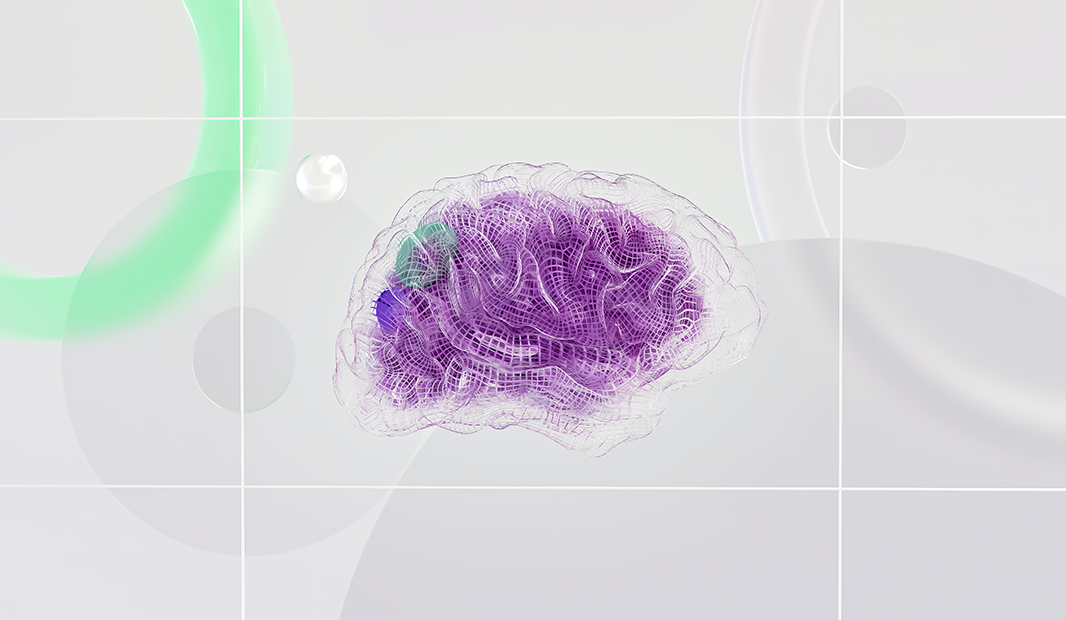You may have heard of neural networks as they are making a splash in the technology world. Both in the eCommerce world and beyond, neural networks are changing the way computers are able to understand and process. Neural networks are allowing computers to understand and act closer to humans than ever before. Let’s take a deeper look.
What Is A Neural Network?
Neural networks are computing systems and a method in artificial intelligence, inspired by the workings of the human brain. They are a type of machine learning process called deep learning that allows computers to understand data on a new level. They are made of interconnected nodes which work like neurons in the human brain.
Through using algorithms, they are able to recognize hidden patterns, connections and correlations in raw data. They then classify this data, and over time they continuously adapt and learn to solve complicated problems.
What are Neural Networks For?
The original goal of the neural network approach was to create a computational system that was able to solve problems in the same way as the human brain. However, this is a broad goal and over time the focus has been more set to achieving specific tasks. Through using machine learning, diverse tasks are now supported by neural networks.
Some examples of these tasks are:
- Computer Vision
- Natural Language Processing
- Speech Recognition
- Machine Translation
- Social Network Filtering
- Medical Diagnosis
These capacities continue to grow as bigger data levels are understood by neural networks. The capture and mining of bigger data including unstructured data offers even more potential for growth in capability.
Why Are Neural Networks Important?
Ultimately, the main benefit of neural networks is their ability to help computers make intelligent decisions without human assistance. It hugely improves the amount of work computers can take on. It means they can help solve complex problems more close to the way humans are able to than ever before.
They learn and model relationships between inputs and outputs that aren’t simply straightforward and linear. This understanding allows for more complex situations to be understood, as data is inferred in non-machine like ways. They can find hidden relationships and patterns, and predict rare events in ways that even humans would find hard.

Examples Of Uses Of Neural Networks
Neural networks offer benefits to many different fields of profession, and general daily life. Some of the ways we can see neural networks being useful are:
- Preventing medical or credit card fraud
- Assisting logistics for transportation networks
- Natural language processing: voice or character recognition
- Medical diagnoses
- Financial predictions
- Eco-system evaluation
- Robotic control systems
These are just some examples of ways that neural networks can go above and beyond in helping the way we function.
How Do Neural Networks Work?
The human brain cells, called neurons, form a complex interconnected network through the brain. These send electrical signals to each other. An artificial neural network is much like this, as the artificial neurons work together to understand a problem.

These artificial neurons are called nodes, and the artificial neural networks are software programs or algorithms that use computing systems to solve mathematical calculations. There are three layers:
Input Layer
Information from the outside world enters the neural network from the input layer. Input nodes then analyze, process or categorize this data before passing it on to the next level.
Hidden Layer
Input from the input layer or hidden layers (of which there can be many) is now analyzed. All previous layers are processed here, then passed on to the next layer.
Output Layer
The output layer gives the final result after processing all of the data through the neural network. This can consist of multiple or single nodes. If the output is binary (yes/no) then the output will be a single output node. However there can also be multi-class classification cases, in which case the output layer might consist of more than one node.
Nodes can theoretically have different weights than each other, which can help infer results from the processing. This deep learning architecture can map any input to any output type. However they need a lot of training through vast numbers of examples. The more complex the situation, the more training the process needs.
Conclusion
Overall, neural networks have the capacity to transform the way computers interact with us today. They have the capacity to sort through and understand data in a way that more closely mimics the human brain than ever. And has the potential to unlock certain methods that have never been achieved by computers before.
